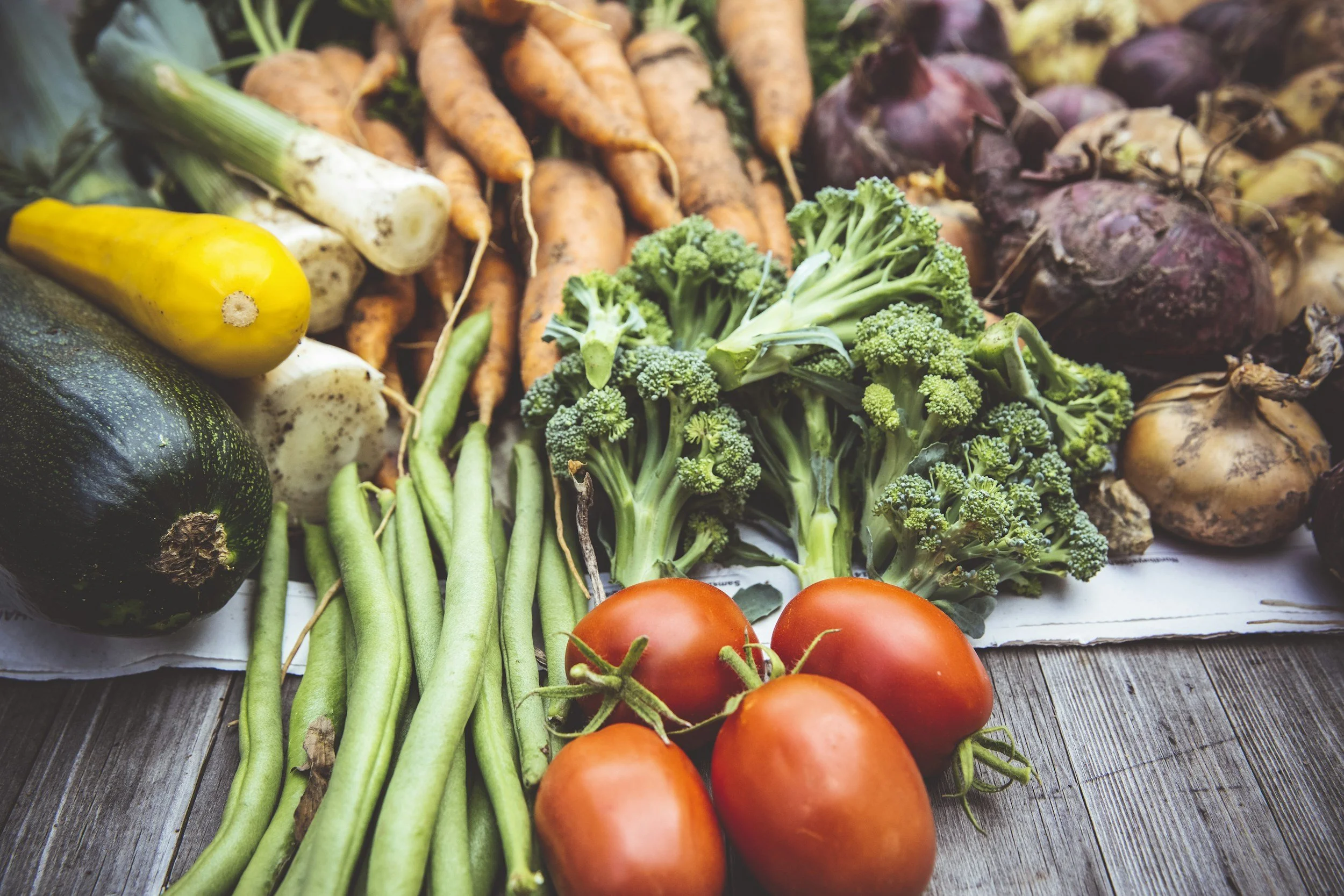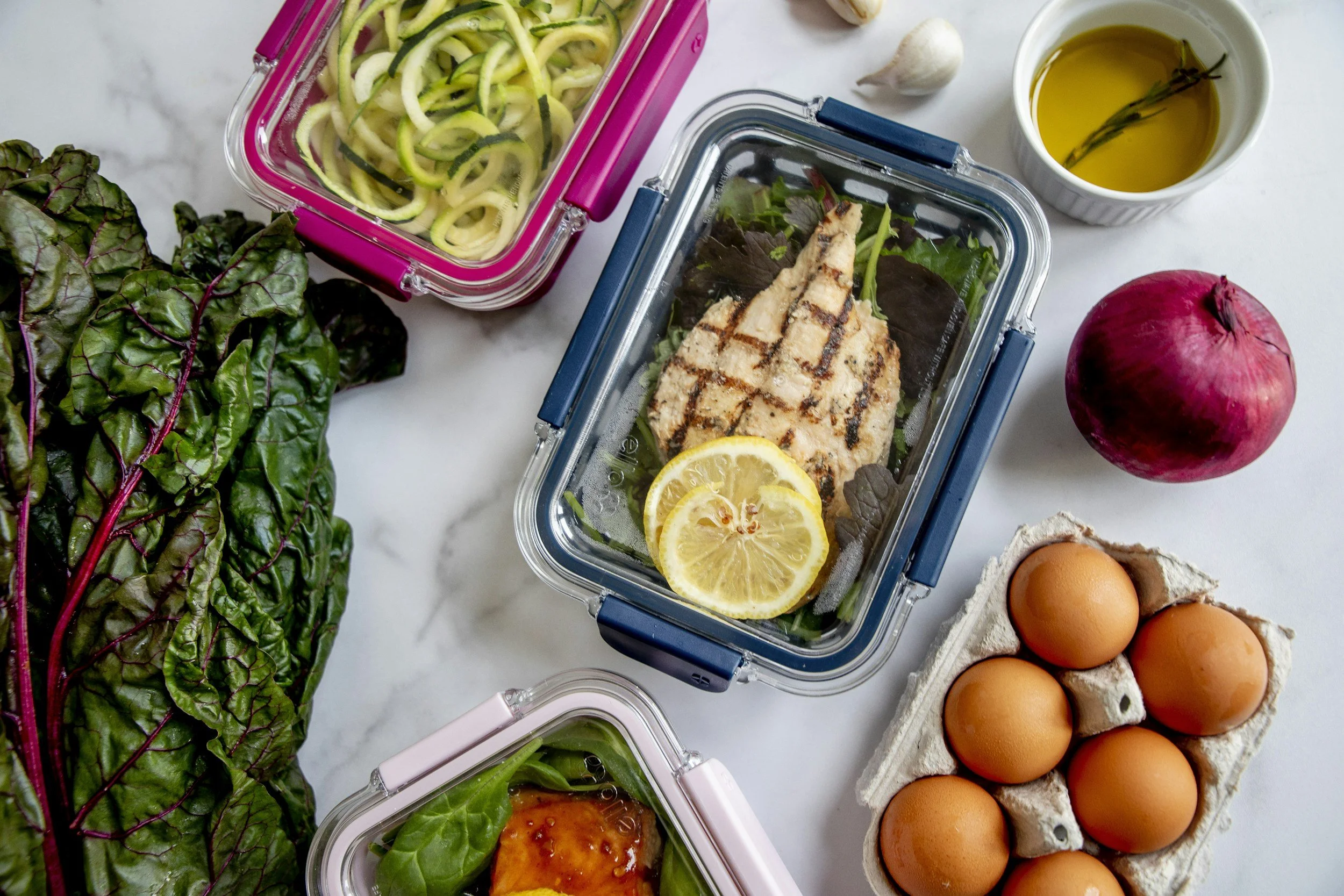Nourishing the Third Trimester: Key Foods & Nutrients for the Final Stretch of Pregnancy
The third trimester is such a unique and transformative chapter of pregnancy. Your baby is growing at lightning speed, your body is working overtime, and nutrition plays a powerful role in supporting both of you through these final weeks. From weeks 28 to 40, your baby’s brain is developing rapidly, their lungs are maturing, and they’re building the energy reserves needed to thrive outside the womb. Meanwhile, your body is expanding blood volume, preparing for labor, and managing a whole host of physical changes.
What you eat now can make a real difference—for your baby’s growth, your energy, and your overall comfort. Let’s break down the key nutrients that shine during the third trimester and the best ways to bring them to your plate.
🌱 What’s Happening in the Third Trimester
This final stage of pregnancy is all about growth, development, and preparation:
Baby’s milestones: Their brain and nervous system are in a period of rapid development, fat stores are accumulating to help regulate body temperature after birth, lungs are maturing, and bones are hardening.
Your body’s changes: Blood volume reaches its peak, nutrient needs increase, and you might notice more fatigue, heartburn, or constipation. Your digestive system also slows down to maximize nutrient absorption—which is helpful for your baby, but can sometimes leave you feeling less than comfortable.
Understanding these changes can help you choose foods that support both of you, while easing some of the common third-trimester discomforts.
🩸 1. Iron & Vitamin C: Supporting Increased Blood Volume
During the third trimester, your blood volume is at its highest, which means your iron needs rise significantly. Iron helps your body make hemoglobin—the protein in red blood cells that carries oxygen to your baby and placenta. Pairing iron-rich foods with vitamin C boosts absorption, making this duo especially powerful.
Top food sources:
Lean red meats, chicken thighs, lentils, spinach, nuts, and fortified cereals.
Citrus fruits, bell peppers, strawberries, and tomatoes for vitamin C.
✨ Practical tip: Add a squeeze of lemon to sautéed greens or enjoy lentil stew with a side of orange slices for a natural iron boost.
🧠 2. DHA & Omega-3s: Brain and Eye Development
The third trimester is a crucial window for your baby’s brain and retina development, and DHA (a type of omega-3 fatty acid) plays a starring role. Adequate omega-3 intake has been linked to healthy brain development and may even support postpartum mood.
Top food sources:
Fatty fish such as salmon, sardines, or trout.
Algae-based DHA supplements for non-fish eaters.
Omega-3 fortified eggs.
✨ Practical tip: Aim for 2–3 servings of low-mercury fish per week, or talk with your healthcare provider about supplementing with DHA if needed.
🦴 3. Calcium, Magnesium & Vitamin D: Strong Bones and Muscles
As your baby’s skeleton hardens, calcium demands are at their peak. If your diet doesn’t supply enough, your body will pull calcium from your bones—so it’s important to keep up intake. Magnesium supports muscle function and may help ease those notorious nighttime leg cramps, while vitamin D helps your body absorb calcium efficiently.
Top food sources:
Dairy products, fortified plant milks, leafy greens, tofu set with calcium, almonds, and canned salmon with bones.
Vitamin D from safe sun exposure, fortified foods, or supplements if needed.
✨ Practical tip: A yogurt and berry parfait or a fortified almond milk smoothie can provide calcium in a heartburn-friendly form.
🥩 4. Protein: Fuel for Growth and Repair
Your baby is growing quickly now, and your body is simultaneously expanding and preparing for birth—both of which require plenty of protein. This macronutrient supports tissue growth, stabilizes blood sugar, and helps keep your energy steady throughout the day.
Top food sources:
Lean meats, poultry, eggs, beans, lentils, nuts, Greek yogurt, tofu, and tempeh.
✨ Practical tip: Include a source of protein at every meal and snack to meet your needs without feeling overly full.
🌾 5. Fiber & Fluids: Digestive Support
Constipation often peaks in the third trimester thanks to slower digestion and increased uterine pressure. The best defense is a combination of fiber-rich foods and plenty of fluids to keep things moving comfortably.
Top food sources:
Whole grains, pears, berries, apples, veggies, legumes, chia seeds, and flaxseeds.
✨ Practical tip: Gradually increase fiber to avoid bloating, and pair it with regular water intake—aiming for at least 8–10 cups daily.
🥚 6. Choline: Brain Development MVP
Choline is a lesser-known nutrient that’s essential for your baby’s brain development, particularly for forming healthy brain structure and supporting lifelong cognitive function. Most prenatal vitamins don’t include enough, so it’s smart to focus on food sources.
Top food sources:
Eggs (especially yolks), liver in moderation, soybeans, edamame, and quinoa.
✨ Practical tip: Start your day with a delicious quiche or toss a hard-boiled egg onto your lunchtime salad or sandwich.
📝 Smart Eating Strategies for the Third Trimester
By now, you may find that smaller, more frequent meals work better than large ones. Here are a few practical approaches:
Eat balanced mini-meals: Pair protein, healthy fats, and complex carbs to stabilize blood sugar and prevent energy crashes.
Focus on gentle digestion: Smoothies, soups, and stews are nourishing, easy to digest, and can pack in plenty of nutrients.
Hydrate consistently: Water supports your increased blood volume, helps reduce swelling, and keeps digestion moving smoothly.
Honor your appetite changes: Some days you may feel ravenous, others less so. Trust your body’s cues and focus on nutrient-dense choices when you do eat.
🍽 Sample Daily Meal Plan
Here’s an example of how a nutrient-packed third trimester day might look:
Breakfast: Caramelized onion and spinach quiche w/ chicken sausages and fruit smoothie
Snack: Avocado toast w/ hard-boiled egg and orange slices.
Lunch: Salmon and quinoa bowl with leafy greens, avocado, fermented vegetables, and lemon dressing.
Snack: Greek yogurt w/ berries, hemp seeds, granola, and almond butter.
Dinner: Bone broth tomato soup with grilled cheese and a side of roasted broccoli.
Evening: Collagen hot chocolate or a smoothie for extra nutrients and hydration.
When Supplements May Help
While food should be your first line of nourishment, supplements can play an important role in bridging gaps. Your healthcare provider may recommend continuing a prenatal vitamin, adding extra iron if you’re anemic, or DHA if you don’t eat fish. Vitamin D and choline are also commonly supplemented, depending on diet and lab results.
🌼 In Closing
The third trimester can feel like both a marathon and a sprint—your body is working hard, and your baby is making their final preparations for life outside the womb. By focusing on nutrient-dense foods, staying hydrated, and listening to your body’s needs, you can support both of you through these final weeks with strength and intention.
Remember, nutrition doesn’t have to be complicated or perfect. Small, thoughtful choices add up to a strong finish.




